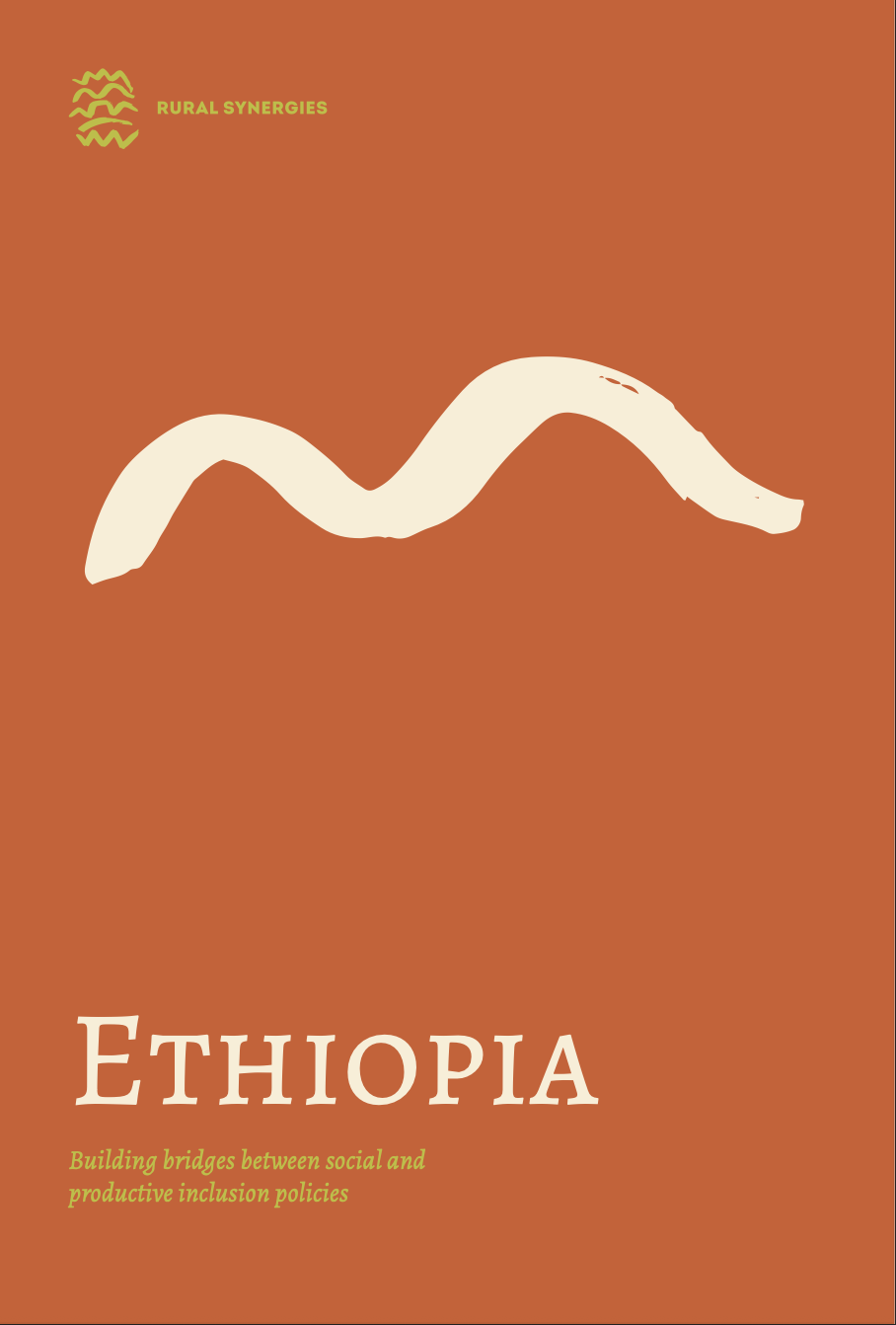Ethiopia: Building bridges between social and productive inclusion policies
Autores
- Rimisp – Centro Latinoamericano para el Desarrollo Rural
- Centro de Estudios sobre Desarrollo Económico (CEDE), Universidad de los Andes (Colombia)
- Fondo Internacional de Desarrollo Agrícola (FIDA)
- Organización de las Naciones Unidas para la Alimentación y la Agricultura (FAO)
Ethiopia has a land area of 1.1 million km2 and a population of more than 100 million. Its economy is largely based on agriculture, which employs two thirds of the population and accounts for about one third (31.2 percent) of its gdp (world development indicators). Most of the agricultural sector is based on smallholder farmers, who produce about 94 percent of the country’s food crops and 98 percent of the coffee. A sizeable proportion of the rural population depends on social protection to bridge the food gap arising from recurrent drought and other shocks. This implies that both social protection and agriculture are important sectors to address food insecurity and poverty in rural ethiopia. They should therefore be planned and implemented in an integrated and coherent manner.
Nuestras oficinas:

- Chile: Huelén 10. Providencia, Santiago, Región Metropolitana. (+56-2) 2236 4557 | Fax (+56-2) 2236 4558.

- Ecuador: Checoslovaquia E9-95 entre Suiza y Moscú. Edificio Eveliza Plaza. Planta Baja. Quito. (+593-2) 5150144.

- Colombia: Carrera 9 No 72-61 Oficina 303. Bogotá. (+57-1) 2073 850.

